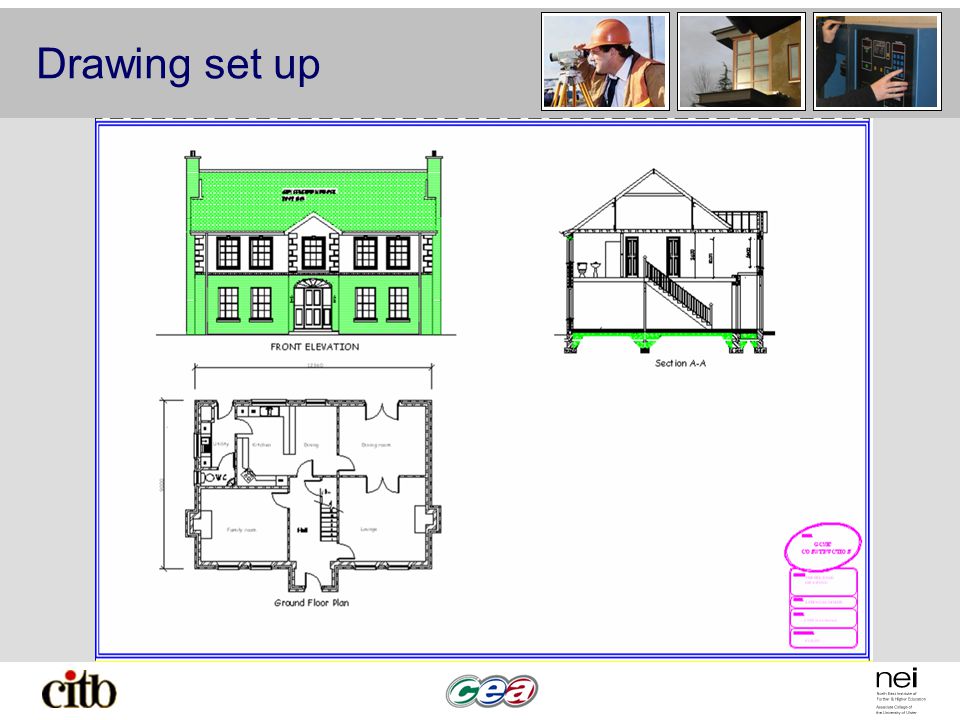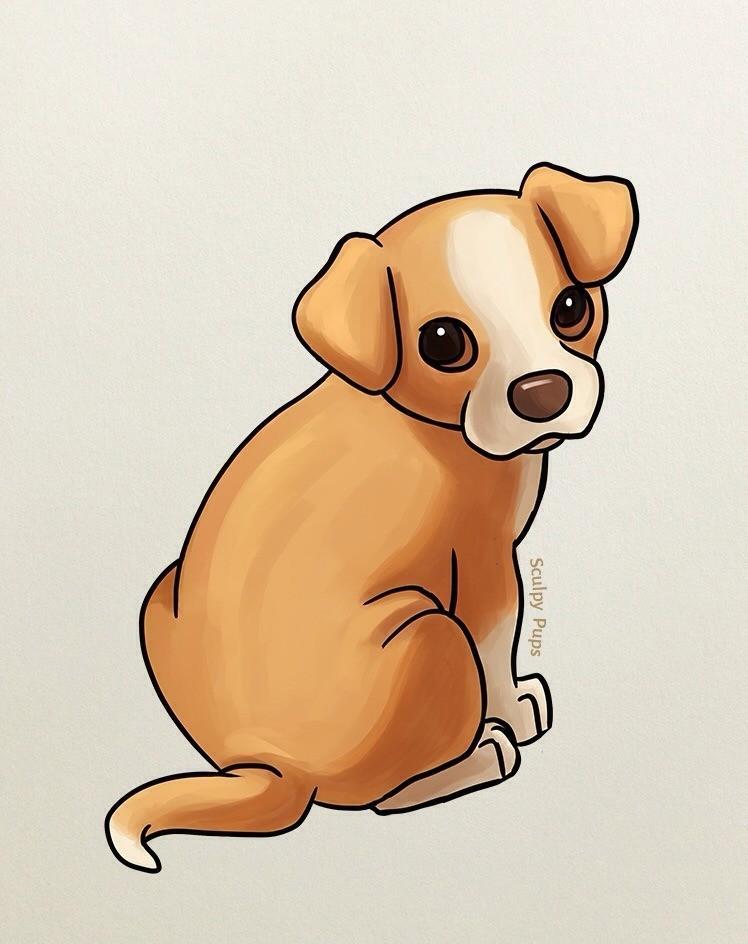Interpret drawing at getdrawings
Table of Contents
Table of Contents
Are you considering undergoing art therapy to help you deal with your emotions? If so, you may be curious about how therapists interpret drawings. Understanding this process can help you gain insight into your own thoughts and emotions.
Pain Points Related to How to Interpret Drawings in Art Therapy
Many people who attend art therapy sessions may feel hesitant to share their drawings, or worry that their therapist will misinterpret them. It can be challenging to express your innermost feelings through art, especially if you don’t consider yourself a “good” artist. Additionally, you may fear that your therapist will judge you based on your drawings or that they will uncover things about you that you don’t want to confront.
Answering the Target of How to Interpret Drawings in Art Therapy
It’s important to remember that art therapists are trained to interpret your drawings in a non-judgmental, compassionate way. During a session, your therapist will likely ask you questions about your artwork to help you articulate what you are feeling. They may also ask you what specific colors, shapes, or images mean to you personally. Through this process, you can gain deeper insight into your emotions and experiences.
Summary of How to Interpret Drawings in Art Therapy
In summary, the process of interpreting drawings in art therapy involves looking beyond the surface-level visuals to understand what emotions and experiences are being expressed through the artwork. While it can be challenging to share your drawings with a therapist, they are trained to approach your creations with empathy and understanding. Through interpretation, you can gain a deeper understanding of yourself and your thoughts.
Personal Experience with How to Interpret Drawings in Art Therapy
As someone who has undergone art therapy, I can attest to the power of interpreting my own drawings. At first, it was intimidating to share my artwork with my therapist. However, as we began to delve into the emotions behind the pieces, I started to gain a new perspective on my experiences. For example, I drew a picture of a stormy ocean and my therapist asked me to describe the emotions I associated with it. Together, we were able to identify themes of chaos and uncertainty in my life at the time. In this way, interpreting my drawings helped me gain valuable insights into my own emotions.
The Benefits of Interpreting Drawings in Art Therapy
Learning how to interpret drawings can help you gain greater self-awareness, discover patterns in your emotions and behavior, and gain new insights into your experiences. Additionally, it can be a powerful way to express feelings that may be difficult to articulate with words alone. By understanding the ways that art can help you communicate your emotions, you can begin to unlock a new level of self-discovery and healing.
How to Interpret Drawings in Art Therapy in More Detail
To interpret drawings in art therapy, it’s important to approach each piece with an open mind and a willingness to learn. Your therapist may ask you questions about your artwork, such as what specific colors or shapes mean to you, or what emotions you were experiencing while creating the piece. Through this process, you can work together to identify patterns and themes in your emotions or experiences, which can help you gain a deeper understanding of yourself.
Personal Experience with Using Interpreting Drawings in Art Therapy
One of the most powerful experiences I had in art therapy was when I drew a series of images featuring circles. My therapist asked me what the circles represented to me, and I realized that they symbolized a lack of closure in an old relationship that was still causing me pain. Together, we explored different ways to “close the circle” and move forward in a positive direction. Through interpreting my drawings, I was able to gain closure and move on from a painful situation.
Question and Answer Section
Q: Can my therapist misinterpret my artwork?
A: While it is possible for someone to misinterpret your artwork, art therapists are trained to approach your drawings with empathy and compassion. They will likely ask you questions and work with you to gain a deeper understanding of your emotions and experiences.
Q: Do I have to be good at art to benefit from art therapy?
A: No! Art therapy is not about creating beautiful artwork–it’s about exploring your emotions and experiences through a creative medium. Whether you consider yourself an artist or not, you can benefit from art therapy.
Q: What if I don’t want to share my artwork with my therapist?
A: Sharing your artwork is an important part of the therapeutic process, but if you don’t feel comfortable doing so, you can talk to your therapist about other ways to express yourself. They may be able to offer alternative creative outlets, such as writing or movement exercises.
Q: Can art therapy be used in conjunction with other forms of therapy?
A: Yes! Art therapy can be a powerful complement to other forms of therapy, such as talk therapy or cognitive-behavioral therapy. By combining different modalities, you can gain a more well-rounded understanding of your emotions and experiences.
Conclusion of How to Interpret Drawings in Art Therapy
Interpreting drawings in art therapy can be a transformative way to gain deeper insight into your emotions and experiences. By exploring the themes and patterns in your artwork, you can gain new perspectives on your own life and find new avenues for healing.
Gallery
Image Of The Read | Scary Art, Dark Art Illustrations, Creepy Drawings

Photo Credit by: bing.com / drawings griffin leila
Interpret Drawings For Play Therapy & Art Counseling (With Images

Photo Credit by: bing.com / counseling
The Accompanying Drawings, Made In Different Ways, Have Been Chosen To

Photo Credit by: bing.com /
Interpret Drawing At GetDrawings | Free Download

Photo Credit by: bing.com / interpret drawing drawings layout domestic getdrawings
How To Interpret Art Therapy Drawings With Beyond Art Therapy Training

Photo Credit by: bing.com /






